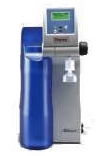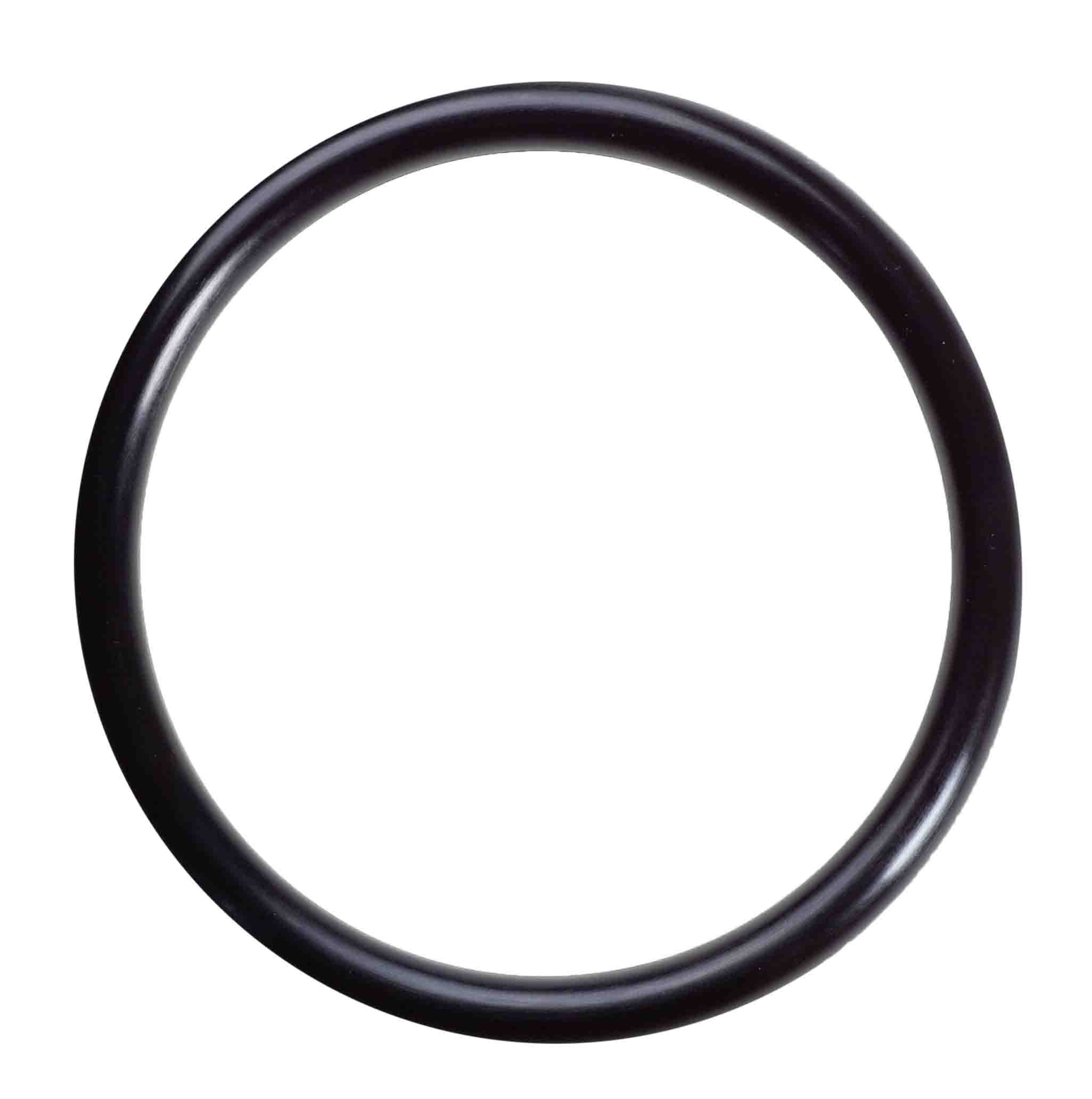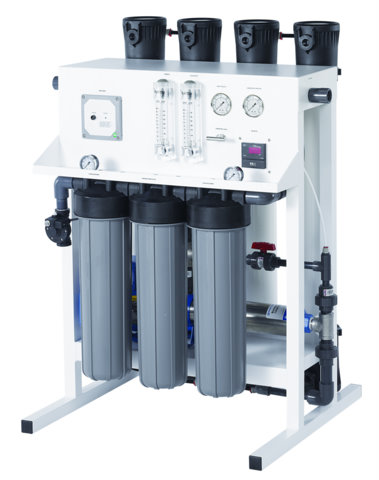Drinking Water Terms and Definitions
Action Level: The level of lead or copper which, if exceeded, triggers treatment or other requirements that a water system must follow.
Acute Health Effect: An immediate (i.e. within hours or days) effect that may result from exposure to certain drinking water contaminants (e.g., pathogens).
Aquifer: A natural underground layer, often of sand or gravel, that contains water.
Best Available Technology : The water treatment(s) that EPA certifies to be the most effective for removing a contaminant.
Chronic Health Effect : The possible result of exposure over many years to a drinking water contaminant at levels above its MCL.
Coliform : A group of related bacteria whose presence in drinking water may indicate contamination by disease-causing microorganisms.
Community Water System : A water system which supplies drinking water to 25 or more of the same people year-round in their residences.
Compliance : The act of meeting all state and federal drinking water regulations.
Contaminant : Anything found in water (including microorganisms, minerals, chemicals, radionuclides, etc.) which may be harmful to human health.
Cryptosporidium : A microorganism commonly found in lakes and rivers which is highly resistant to disinfection. Cryptosporidium has caused several large outbreaks of gastrointestinal illness, with symptoms that include diarrhea, nausea, and/or stomach cramps. People with severely weakened immune systems (that is, severely immuno-compromised) are likely to have more severe and more persistent symptoms than healthy individuals.
Disinfectant : A chemical (commonly chlorine, chloramine, or ozone) or physical process (e.g., ultraviolet light) that kills microorganisms such as bacteria, viruses, and protozoa.
Distribution System : A network of pipes leading from a treatment plant to customers' plumbing systems.
Exemption : State or EPA permission for a water system not to meet a certain drinking water standard. An exemption allows a system additional time to obtain financial assistance or make improvements in order to come into compliance with the standard. The system must prove that: (1) there are compelling reasons (including economic factors) why it cannot meet a MCL or Treatment Technique; (2) it was in operation on the effective date of the requirement, and (3) the exemption will not create an unreasonable risk to public health. The state must set a schedule under which the water system will comply with the standard for which it received an exemption.
Finished Water : Water that has been treated and is ready to be delivered to customers.
Giardia lamblia : A microorganism frequently found in rivers and lakes, which, if not treated properly, may cause diarrhea, fatigue, and cramps after ingestion.
Ground Water : The water that systems pump and treat from aquifers (natural reservoirs below the earth's surface).
Health Advisory : An EPA document that provides guidance and information on contaminants that can affect human health and that may occur in drinking water, but which EPA does not currently regulate in drinking water.
Inorganic Contaminants : Mineral-based compounds such as metals, nitrates, and asbestos. These contaminants are naturally-occurring in some water, but can also get into water through farming, chemical manufacturing, and other human activities. EPA has set legal limits on 15 inorganic contaminants.
Maximum Contaminant Level (MCL) : The highest level of a contaminant that EPA allows in drinking water. MCLs ensure that drinking water does not pose either a short-term or long-term health risk. EPA sets MCLs at levels that are economically and technologically feasible. Some states set MCLs which are more strict than EPA's.
Maximum Contaminant Level Goal (MCLG) : The level of a contaminant at which there would be no risk to human health. This goal is not always economically or technologically feasible, and the goal is not legally enforceable.
Microorganisms : Tiny living organisms that can be seen only with the aid of a microscope. Some microorganisms can cause acute health problems when consumed in drinking water. Also known as microbes.
Monitoring : Testing that water systems must perform to detect and measure contaminants. A water system that does not follow EPA's monitoring methodology or schedule is in violation, and may be subject to legal action.
Non-Transient, Non-Community Water System : A water system which supplies water to 25 or more of the same people at least six months per year in places other than their residences. Some examples are schools, factories, office buildings, and hospitals which have their own water systems.
Organic Contaminants : Carbon-based chemicals, such as solvents and pesticides, which can get into water through runoff from cropland or discharge from factories. EPA has set legal limits on 56 organic contaminants.
Pathogen : A disease-causing organism.
Primacy State : A State that has the responsibility and authority to administer EPA's drinking water regulations within its borders. The State must have rules at least as stringent as EPA's.
Public Notification : An advisory that EPA requires a water system to distribute to affected consumers when the system has violated MCLs or other regulations. The notice advises consumers what precautions, if any, they should take to protect their health.
Public Water System (PWS) : Any water system which provides water to at least 25 people for at least 60 days annually. There are more than 170,000 PWSs providing water from wells, rivers and other sources to about 250 million Americans. The others drink water from private wells. There are differing standards for PWSs of different sizes and types.
Radionuclides : Any man-made or natural element that emits radiation and that may cause cancer after many years of exposure through drinking water.
Raw Water : Water in its natural state, prior to any treatment for drinking.
Sample : The water that is analyzed for the presence of EPA-regulated drinking water contaminants. Depending on the regulation, EPA requires water systems and states to take samples from source water, from water leaving the treatment facility, or from the taps of selected consumers.
Sanitary Survey : An on-site review of the water sources, facilities, equipment, operation, and maintenance of a public water systems for the purpose of evaluating the adequacy of the facilities for producing and distributing safe drinking water.
Secondary Drinking Water Standards : Non-enforceable federal guidelines regarding cosmetic effects (such as tooth or skin discoloration) or aesthetic effects (such as taste, odor, or color) of drinking water.
Sole Source Aquifer : An aquifer that supplies 50 percent or more of the drinking water of an area.
Source Water : Water in its natural state, prior to any treatment for drinking.
Surface Water : The water that systems pump and treat from sources open to the atmosphere, such as rivers, lakes, and reservoirs.
Transient, Non-Community Water System : A water system which provides water in a place such as a gas station or campground where people do not remain for long periods of time. These systems do not have to test or treat their water for contaminants which pose long-term health risks because fewer than 25 people drink the water over a long period. They still must test their water for microbes and several chemicals.
Treatment Technique : A required process intended to reduce the level of a contaminant in drinking water.
Turbidity : The cloudy appearance of water caused by the presence of tiny particles. High levels of turbidity may interfere with proper water treatment and monitoring.
Variance : State or EPA permission not to meet a certain drinking water standard. The water system must prove that: (1) it cannot meet a MCL, even while using the best available treatment method, because of the characteristics of the raw water, and (2) the variance will not create an unreasonable risk to public health. The State or EPA must review, and allow public comment on, a variance every three years. States can also grant variances to water systems that serve small populations and which prove that they are unable to afford the required treatment, an alternative water source, or otherwise comply with the standard.
Violation : A failure to meet any state or federal drinking water regulation.
Vulnerability Assessment : An evaluation of drinking water source quality and its vulnerability to contamination by pathogens and toxic chemicals.
Watershed : The land area from which water drains into a stream, river, or reservoir.
Wellhead Protection Area : The area surrounding a drinking water well or well field which is protected to prevent contamination of the well(s).
http://www.epa.gov/safewater/glossary.htm
|
Images are representative of the products. Images may or may not be of the actual product. If it is important e-mail us for an actual image if available.
* Flat Rate UPS shipping when able to ship via UPS and is in the USA excluding Hawaii and Alaska.
Larger Items may not be able to ship via UPS, in that case freight charges will be quoted seperately.
International shipping will be quoted after the order is placed. You will have the opportunity to cancel before we finalize your order.
Terms and conditions
Credit Application
Privacy
Policy
List All Products
|











